Journos - Part III
RABBIT HOLE! Listen to the audio below of Richard Linnett summarizing the McKinley Nolan story. You can read more here, on Linnett’s webpage.
From Richard Linnett’s webpage.
JOURNOS - PART III
I can count on one hand the best international journalism movies ever made. There’s “Salvador,” “The Year of Living Dangerously,” the relatively recent, “Balibo,” about East Timor; and of course, “The Killing Fields,” around which this podcast revolves.
Welcome – this is episode 5 of “Who Killed Haing Ngor,” a real-time and crowdsourced podcast in which we explore both lingering questions about the murder and issues connected to the legacy of the Dr. Haing S. Ngor, the actor from the “Killing Fields” who went on to become a political activist and a businessman.
Episode 6 is actually the third part of my mini-series – “Journos” – about the 1970’s press corps in Cambodia, and the mystery surrounding the disappearance of Dana Stone and Sean Flynn.
It’s a story of dead-ends and false trails, mutineers and adventurers - that captivates people like the disappearance of Amelia Earhart.
When Dana Stone and Sean Flynn disappeared near Route One in southeastern Cambodia, they might have run into Khmer Rouge guerillas, Viet Cong fighters, or “regular” forces from the North Vietnamese Army.
Remember, the casualty rate among the international press in Cambodia was extraordinary – 42 members of the international press went missing or were killed between 1970 and 1975. Flynn and Stone went missing amid a series of incidents in which journalists just disappeared.
At one point, three reporters - Richard Dudman, Elizabeth Pond and Michael Morrow - were taken captive by the Viet Cong. It was very close to where Flynn and Stone disappeared, about a month later.
The VC at times mistreated bao-chi, or journalists, but also recognized the role they played - and saw them as commodities. Dudman, Pond and Morrow were eventually released.
Kate Webb from United Press International was among a group of five journalists held captive by the VC later -- in 1971. She was reported dead after a body of a woman was reportedly found, in the area where she went missing. Three weeks later, Webb and colleagues were released, giving Webb the rare privilege of reading her own obituary. She also said publicly that the VC never killed journalists – it was only the Khmer Rouge who did.
After all, to the Khmer Rouge – especially the country-boys – any Westerner was simply the enemy.
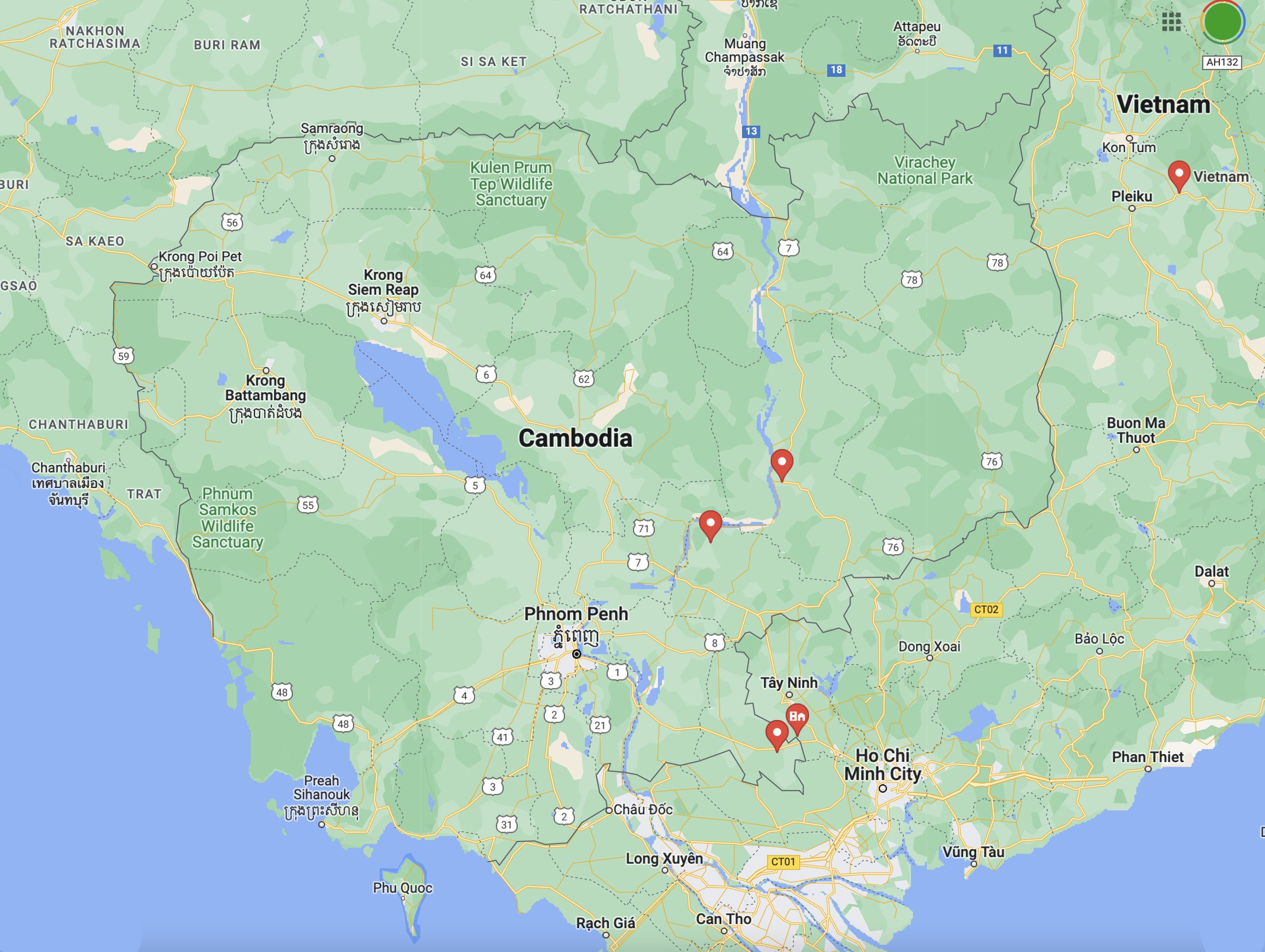
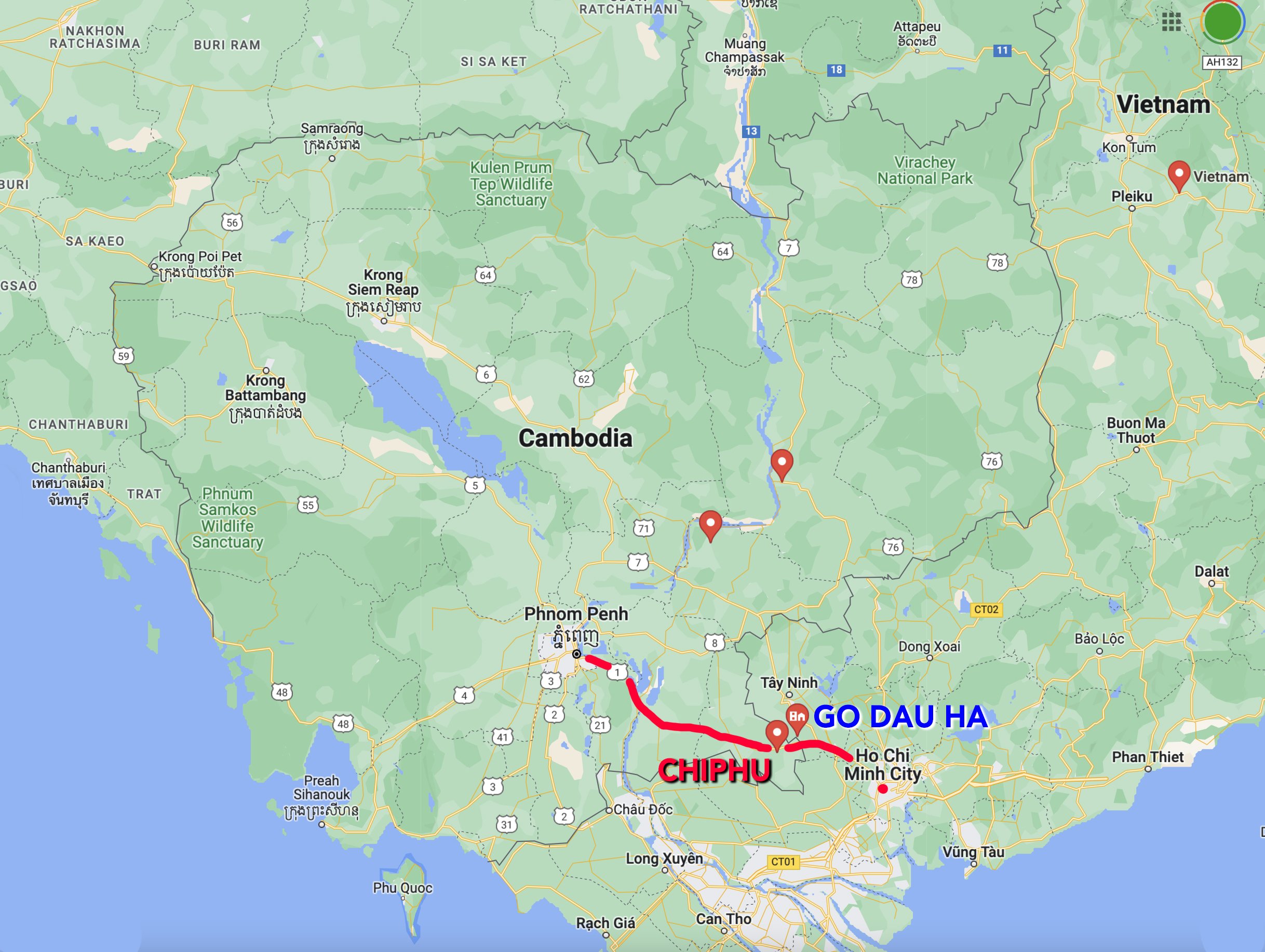
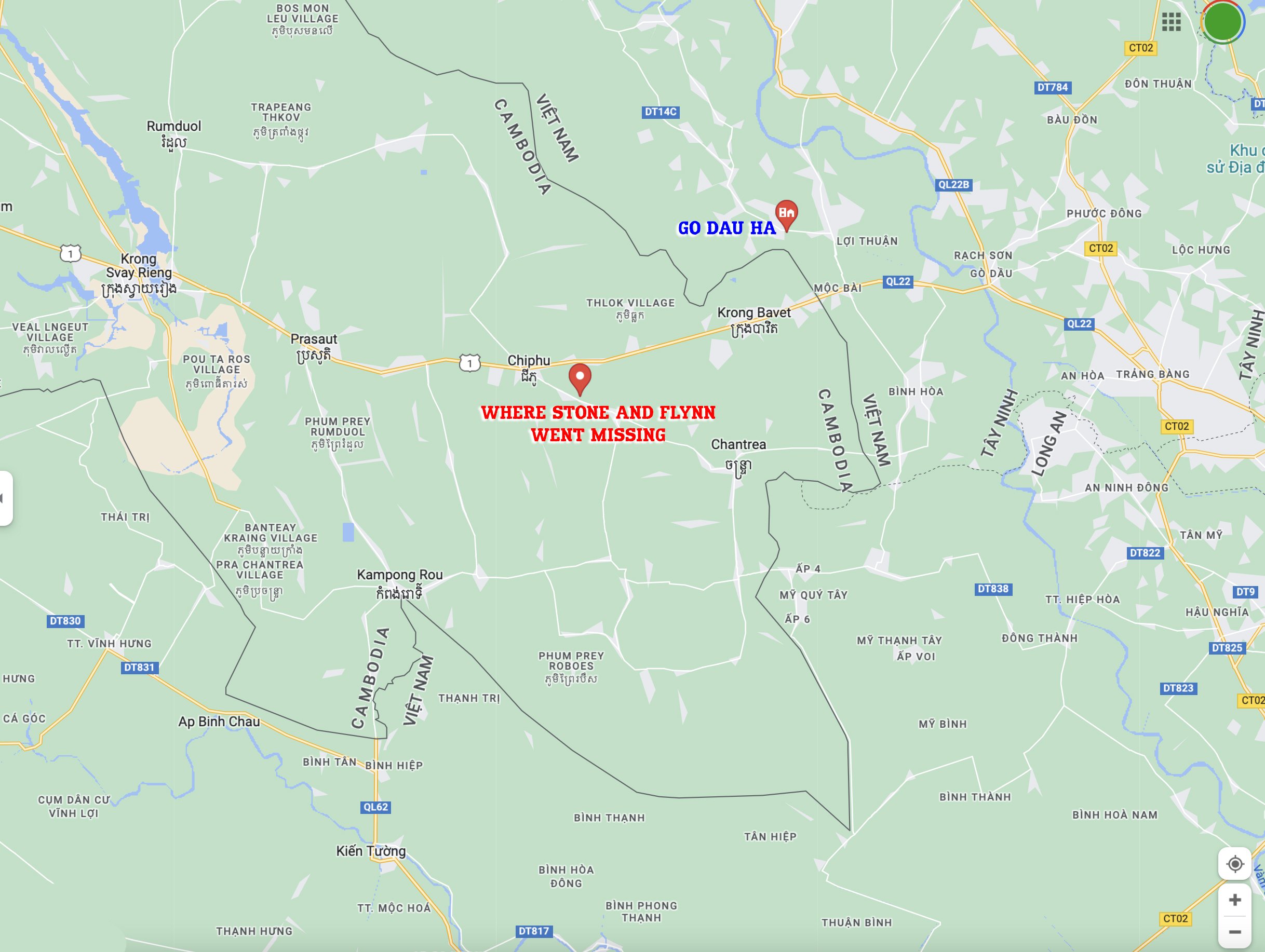
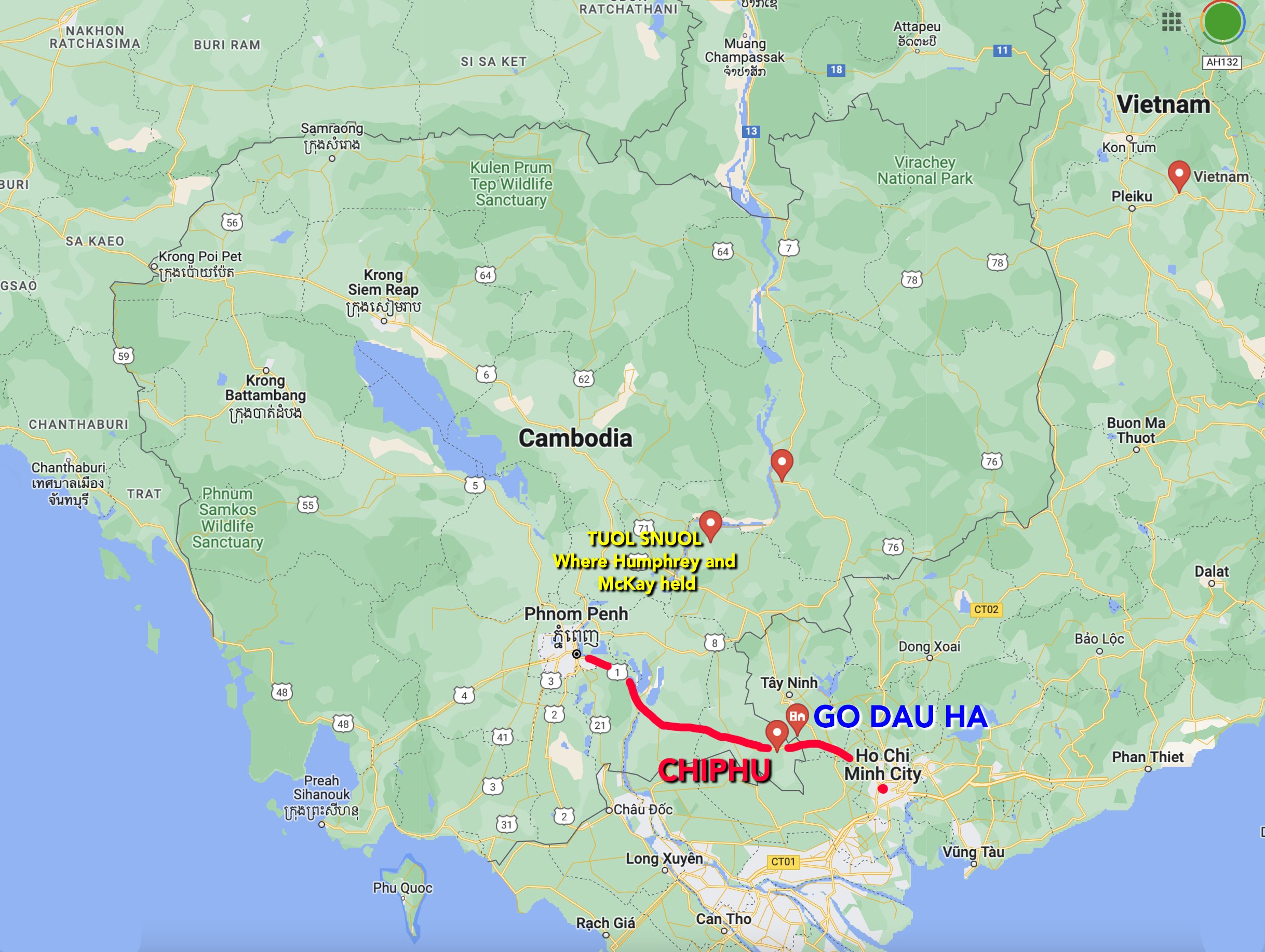
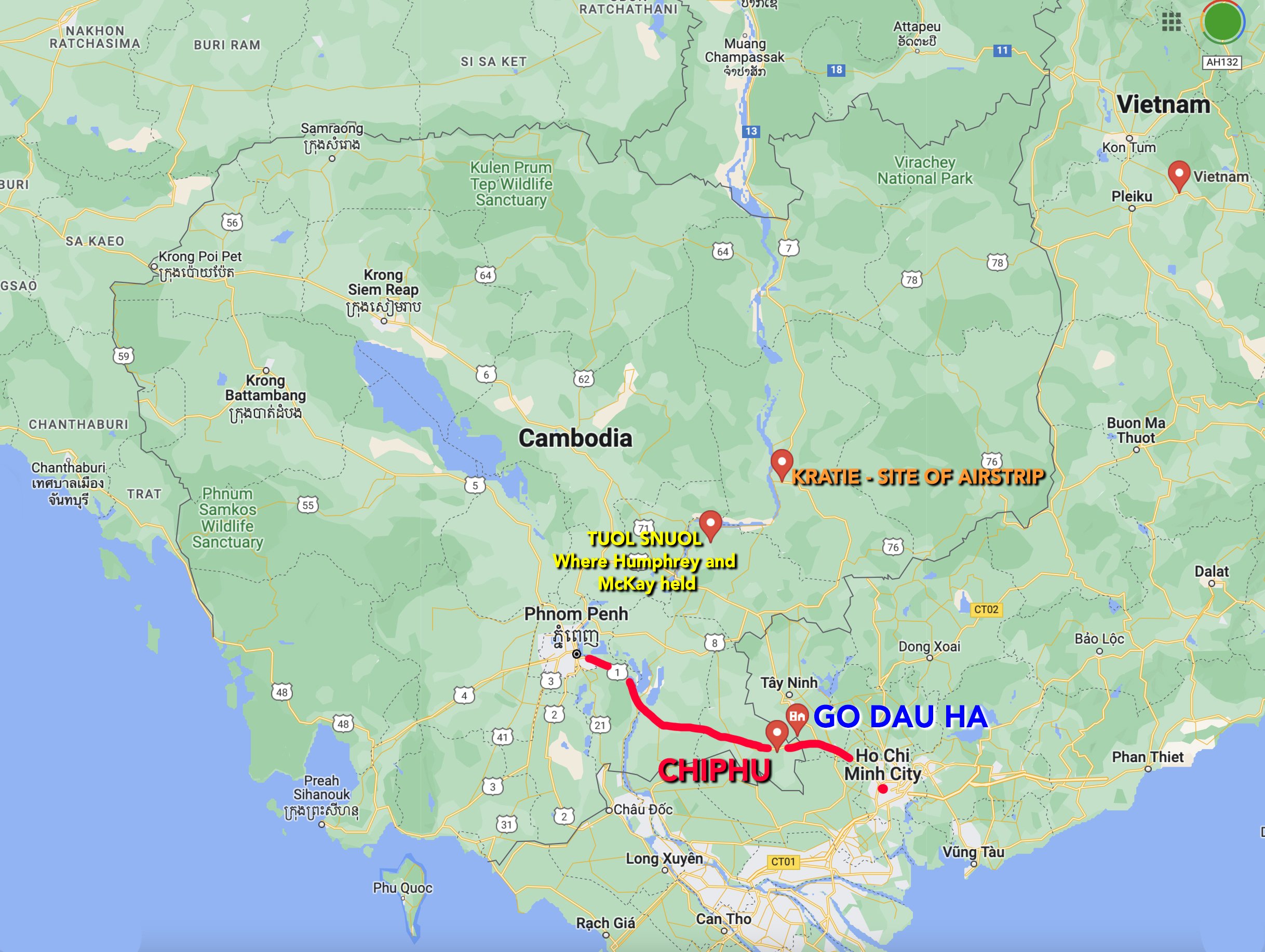
So who did Flynn and Stone run into? No one knows. Maybe they were dead. Or maybe they’d simply walk out of the jungle some day. Just like the others.
HARRIS: I mean, the Vietnamese always took the journalists, like fed them, medicated them, took them out for great stories and sent them back but the Khmer Rouge had no idea what a Bao chi was, which journalists was.
That’s Mau Harris, the partner of the late photographer Tim Page, who spent years trying to track down what happened to his missing colleagues.
Stone and Flynn went missing in early April 1970 – before the invasion. Think about it. The rumor mill was probably on overdrive. The US was about to go after Vietnam, inside Cambodia. Nixon and Kissinger had already been bombing Cambodia for months, trying to wipe out the supply lines the North Vietnamese used to support their advancing forces in the south. Everyone on the ground knew something was up.
In fact, Stone and Flynn went down Route 1 to try to confirm that that the US was operating within Cambodian territory. They wanted a scoop. To Harris, that might have changed how Viet Cong guerillas or North Vietnamese soldiers would have perceived them.
HARRIS: I have a bit of a theory, at the time – because remember they were bombing before Nixon announced his doctrine or whatever they called it. So they were coming from Phnom Penh dressed in you know, khaki shirts and jeans. So I think they were thinking: These guys were spies. You know, that's why they were kind of dealt with -- because the troops hadn't arrived at that stage.
Stone and Flynn disappeared on April 6, 1970. Nixon sent troops to invade Cambodia three weeks later, on April 28th.
Those three journalists – Dudman, Pond and Morrow - taken captive by the Viet Cong and later released? They were captured in early May - a week AFTER the invasion. Maybe that’s why they were recognized as journalists – not spies.
But all of that is just speculation. Who captured Flynn and Stone? Why didn’t they just walk out of the jungle one day? How long were they held? No one knows. …..
Unless you’re Mau Harris or Tim Page. Their investigations suggest that there are people who know what happened to Flynn and Stone. They simply haven’t said it publicly yet.
Let’s back up for a minute. I promised you rabbit holes, and it’s time for another.
Tim Page had some competition in his search for Flynn and Stone. There was the occasional bone-hunting adventurer. You know, the soldier-of-fortune types who were all bravado and no substance.
And there was Zalin Grant, a US Army intelligence officer during the Vietnam War, who stayed on in the region as a journalist.
RICHARD LINNETT: One of the things was he believed that the Viet Cong had captured these two men. That's debatable. A lot of people feel that Khmer Rouge captured the two journalists and just as executed them on the spot in Svay Rieng.
This is Richard Linnett. He’s the journalist we met in the last episode.
Linnet traced the remains that Tim Page recovered in 1990 – teeth preserved by a Cambodian family, of the two Westerners they housed -- were at first thought to be those of Stone or Flynn. Tim had given those to the US military’s Joint Task Force. The JTF you’ll recall was in Cambodia to to find the remains off US service people missing in action from the Vietnam War.
Fifteen years later, in 2005, the JTF used DNA to determine that the teeth were those of Columbia Eagle mutineer Clyde McKay.
Linnett’s experience on the Columbia Eagle story turned him on to the Flynn and Stone mystery. So he decided to trail Zalin Grant, for a magazine article.
LINNETT: But Zalan had done some interviews. He's very secretive about who he was talking to. But he did interviews and he said the interviewees told him about these two guys being marched up to Kratie and for him, it seemed logical, because he thought the Viet Cong did not execute journalists. So he came up with this theory and also heard about some airstrip up in Kratie in a prison up there, or a jail for prisoners of war.
CRONKITE: What seems now more certain than ever, is that the bloody experience of Vietnam is to end in a stalemate.
This is Walter Cronkite, the legendary CBS news anchorman, making history in February 1968 by calling for the US to leave Vietnam.
CRONKITE: But is increasingly clear to this reporter, that the only rationale way out then will be to negotiate, not as victims, but as an honorable people …who lived up to their pledge to defend democracy and did the best they could.
Obviously, Cronkite was ignored. But in late 1970, he launched the Cronkite Committee – or, officially: the American Committee to Free Journalists Held in Southeast Asia.
Zalin Grant was a field investigator for Cronkite Committee -- looking for Flynn and Stone, among others -- back in the 1970’s. He was also at least a friendly acquaintance of Sean Flynn. Grant has posted an interview he did with Flynn on his webpage.
Grant had to abandon his Cronkite Committee work in 1975 when the Khmer Rouge took power. But the Flynn and Stone mystery never left him.
Like Tim Page, Grant returned to Cambodia to search again, starting in the 1990’s.
Spoiler alert: Tim Page and Zalin Grant didn’t like each other.
LINNETT: Tim was very friendly and hung out with especially Sean Flynn. They shared an apartment in in what is now what was then Saigon. They shared an apartment in Saigon, and they were good friends and they love the adventure and the adrenaline rush of war and went out together many times and did a lot of drugs and they made an adventure of it. And so Tim felt a kind of proprietary relationship with with Flynn and felt that Zalan didn't really know Flynn and he was just an interloper.
It was in 2001 when Linnett tagged along with Zalin Grant, to search for tht supposed jail outside Kratie that he’d heard about. I’ve put maps on the webpage. The US Joint Task Force – Full Accounting Team, based out of Hawaii, was still active.
LINNETT: He tried to get the assistance of the Joint Task Force. Joint Task Force told him, “Look, these two guys are journalists. You know, we're searching for missing soldiers - POWs, MIA’s. That's whot we search for. If we come across journalists, we'll take the information down but our primary responsibilities to the families of the missing in action.” So they were very reluctant to deal with Zalin. Zalin and the JTF had a very acrimonious relationship.
Remember, if you’re going to be taken hostage in Cambodia, it was considered luckier captured by the Viet Cong. You might get released. But there were no hard and fast rules.
As the Khmer Rouge grew stronger, a new theory suggested, the Viet Cong would simply hand their captives over to them. Zalin Grant believed that the Viet Cong held Stone, Flynn and a handful of other journalists captive - for years. They were bargaining chips. Potential propaganda tools.
But at some point, they were handed over to the Khmer Rouge – who may have also held them for an extended period. No one knows.
But in 1975, the Khmer Rouge seized complete control of Cambodia. So journalists were no longer useful to them. The communist death cult that were the Khmer Rouge didn’t need to bargain with anybody for anything. So the journalists were executed.
To Zalin Grant, that means their remains were near that airstrip outside Kratie.
LINNETT: The JTF also did not feel that that the journalists were up in Kratie but they went along with our search, and they actually went out and did a dig. They came up with nothing. They came back and say, “Hey, there's nothing there.” And Zalin said, “Well, I know you don't you guys dug in the wrong place. And I know exactly where they are. So I'll tell you where that is.” And he told them and they refuse to do another dig. So Zalin said, “Well, I'm gonna do it myself.” And so he and I, and a band of locals went out to the spot and did our own excavation. It was very unprofessional.”
They came across some very delicate, whitish, calcified material, which Linnett could easily crush.
LINNETT: The local Cambodians were going, “Bones! Bone! Bone! This is bone.” I said, “Come on, it's not bone. It would crush – it would just crumble in your hand. And Zalan said, “Well, who really knows more about what his bone and what isn't bone? You – a reporter from New York City or these people who have seen more bones in their lives than anybody?”
Mau Harris dismissed the idea that the Khmer Rouge or the Viet Cong would hold prisoners for years. After all, the Khmer Rouge forced a local family to look after McKay and Humphrey - the mutineer and the deserter. Guerrilla groups usually had other things to worry about.
MPN: But have you seen this theory he has about this camp in Kratie?
HARRIS: Yeah, that they survived for five years or something?
MPN: Yeah. So have you have you debunked that theory?
HARRIS : Well, more or less because - I mean, everybody that we interviewed out there that were forced to look after the journalists, they were given to them because the Khmer Rouge couldn't carry them, couldn't feed them. They were a burden to them. So you know, they were dispatched quite quickly. To this camp doesn't hold water.
Zalin Grant is now in his 80’s. He has a blog and a number of self-published books. I reached out to him for an interview. But he did not respond to email. The phone numbers associated with his publishing imprint were disconnected.
On Zalin’s webpage, there are blog posts that dispute Tim Page’s search and even his friendship with Sean Flynn.
HARRIS: He accused him of kind of monetizing whatever - which Tim never, ever, ever did. But yet he then said years later that he had these cassettes that were for sale of he had his interviews with Sean. He also said that Sean was never a stoner, was never this, never that. But he was. He didn’t know Sean at all… Personally, I think Zalan inserted himself into the Flynn story. He may have bits here and there. But he's, if he's got all this stuff, why won't he let people have it?
On Zalin’s blog, he writes his own account of the search in Kratie. He says he sent all his evidence to the JTF in Hawaii for analysis. That blog stops in 2001.
Linnett says the evidence that Zalin is referring to is the same material that crumbled so easily in his hands.
LINNETT: T hat material was sent back to the JTF. They did an analysis of it, and it was it was labeled as vegetative matter, which means it's not human.
The Joint Task Force – Full Accounting remains active. But I haven’t been able to determine whether they’re still running searches in Cambodia. My repeated requests for information have gone unanswered. Still, JTF has an online index you can use to check the status of MIA cases. Sean Flynn and Dana Stone remain listed as missing.
Based on a US military intelligence report he saw, Linnett thinks Stone and Flynn were captured by the Khmer Rouge, and likely murdered shortly afterwards. That means their remains would be near Route 1, outside Chiphu, in Svay Rieng province. It’s unclear if the JTF ever searched there.
Linnett is not confident the mystery will ever be solved. In fact, he ran into so many bone-hunters and adventurers in Cambodia, that it’s generated a cottage industry.
LINNETT: Cambodian locals are really savvy about these bone hunters. You know the bone owners have been around searching for POWs, MIA’s, journalist for a long time out there. And a lot of them sell bones, or they take people on journeys to sites where someone may have been buried and you pay him money to do it , and you do some digging and then you pay them to do the digging as well. It's a source of income for a lot of locals out in the Cambodian back country.
Over the years, Tim Page developed a friendly relationship with the authorities in Vietnam.
Alongside photographers Doug Niven and Chris Riley, Page produced the book, “Another Vietnam.” For that, they rescued the negatives of photos shot by Vietnamese war photographers from the archives in Vietnam’s capital Hanoi -- shots that may otherwise have been lost to history. Page produced another work, alongside photographer Horst Faas, called “Requiem.” That book honors the 135 journalists from all sides of the conflict who went missing or were killed.
Mau Harris and Tim were preparing for a trip to Hanoi to try to convince the authorities to let them search the archives yet again, this time on the Flynn and Stone mystery.
After all, Tim had honored the Vietnamese. It was time they return the favor.
HARRIS: We don't want the bones but we want to resolve their fate. You know, I included I honored your guys like honor me, and let me know what happened to them. And they know, they know.
Then, the Covid 19 pandemic got in the way. After that, Tim’s health declined, leading to his death in August 2022, at the age of 78.
Since then, Harris has been at work producing two documentaries, carrying on her work with Tim. “Closer to the Sun” is about the search for Stone and Flynn. “Vanished” is a tribute to the 42 international journalists who went missing or were killed in Cambodia between 1970 and 1975.
MPN : So it’s in a filing cabinet in Hanoi. There are records.
HARRIS : Oh, yeah. We've interviewed people. We've interviewed people that have said, I was there. I could tell you, but I can't tell you until the Vietnamese government give you permission, because we might lose our pension.
MPN : And so are you planning to go back at some point?
HARRIS: Yes, yes.
Harris and a colleague are now organizing that trip. The mystery of what happened to Sean Flynn and Dana Stone may yet have its final chapter.
Heads-up: There’s another rabbit hole I didn’t include, about the disappearance of another US Army deserter in Cambodia. His name is McKinley Nolan. It’s not linked to the Stone and Flynn story. But Richard Linnett has written about him and it’s compelling in its own right. If you want to hear Linnett explain it, go to whokilledhaingngor.com and click on Episode 6, which is the third episode in the Journos trilogy.
And another correction: in Episode 5, I mis-stated the Columbia Eagle’s route. It was still en-route to Thailand, to deliver weapons including napalm to be used in Vietnam, when the hijacking occurred. I had mis-stated that it had docked in Thailand first.
Thank you for listening. We’ll circle back and have more episodes more closely linked to Haing Ngor soon.
My name is M.P. Nunan. Remember, this is a crowd-sourced podcast – an experiment in journalism.
If you knew Haing Ngor personally and would like to contribute – even just an interesting anecdote - please get in touch. If you know any details about his murder you think are relevant, please get in touch. The best way to reach me is to email whokilledhaingngor@gmail.com
Haing is Ha I ng
Ngor is N G o r
Thanks again.
